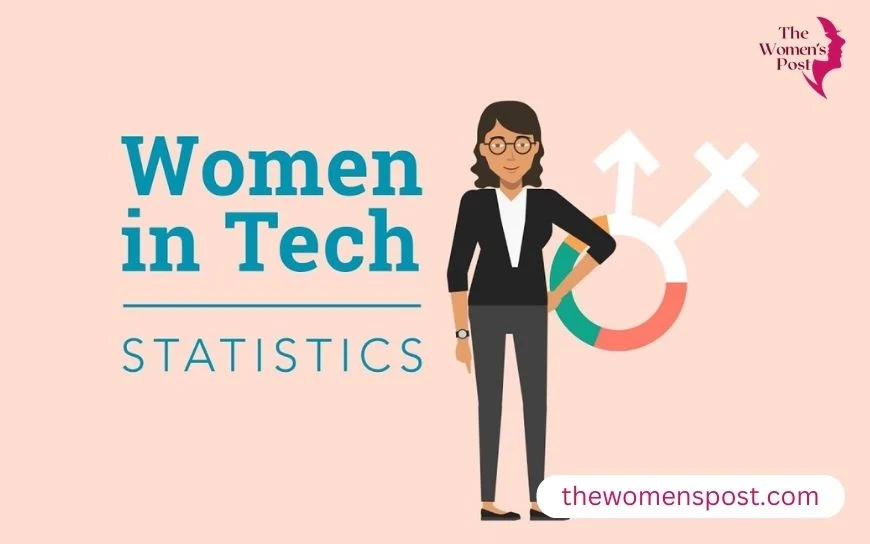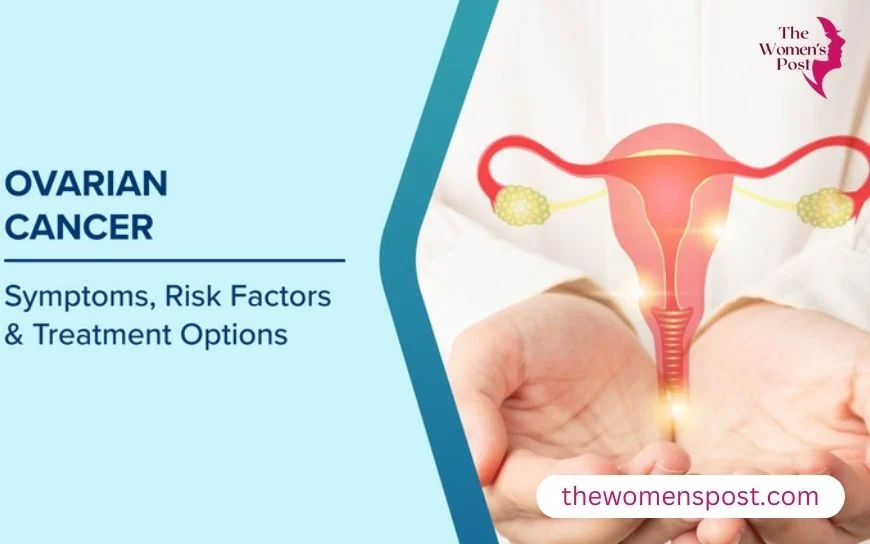UNESCO Project In The Gambia Empowers Women Artists Through Increased Access To Funding And Knowledge
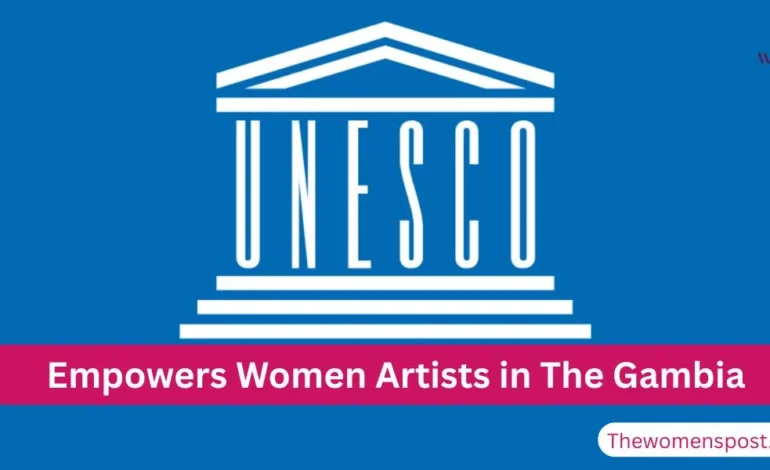
In The Gambia, a pioneering program is revolutionizing the lives of women artists. The UNESCO-Aschberg Programme has collaborated with the National Centre for Arts and Culture (NCAC) to develop opportunities that were previously mere fantasies for women artists in this West African country. The project targeting art and culture development in The Gambia is hope, development, and genuine transformation for women artists who have long been stifled by obstacles in creative industries.
What is the UNESCO-Aschberg Programme?
The UNESCO-Aschberg Programme is a sort of supporting hand offered to women artists and other creative professionals globally. It seeks to defend artistic freedom and enhance artists’ and cultural workers’ work conditions. Simply put, this program assists governments and organizations in developing more effective policies and offering assistance to women artists, particularly those experiencing difficulty in their careers.
Key Focus Areas of the Programme
The program addresses some key areas:
- Ensuring women artists receive equitable payment for their work
- Allowing them to freely create
- Assisting in their mobility between nations
- Safeguarding their economic and social rights
- Advocating for gender equality in the arts through addressing systematic impediments
When UNESCO declared its sponsorships for some countries, The Gambia was chosen among just 12 countries to receive this special patronage for cultural heritage projects in The Gambia.
The Gambia’s Journey to Success
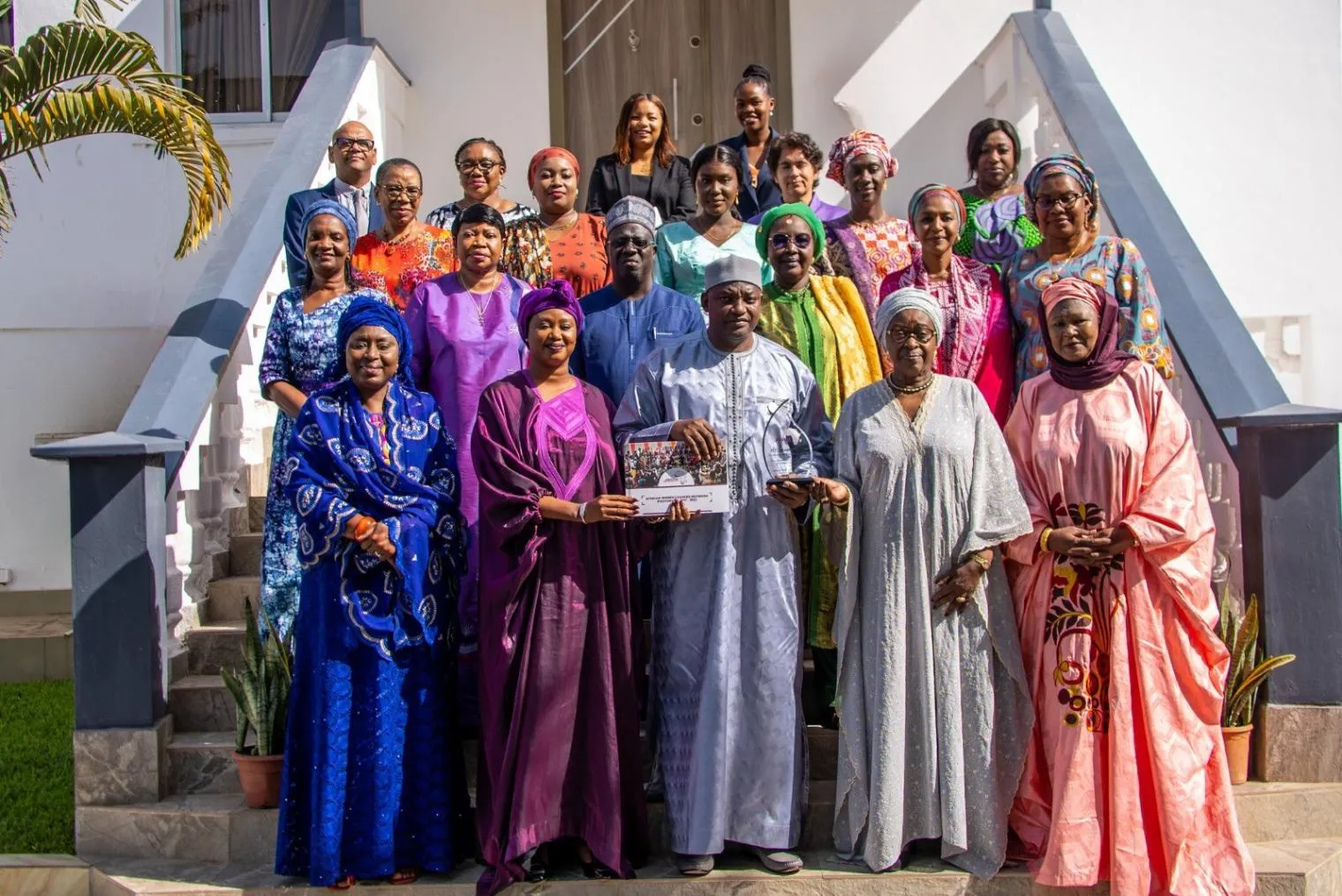
Also Read: The Emergence of Anti-Heroines in Pop Culture
The narrative started in 2019 when The Gambia had submitted its inaugural report to UNESCO regarding cultural diversity. This report demonstrated that the nation was keen on fostering the artists and workers of its culture, preparing the groundwork for art and culture growth in The Gambia. Due to this successful report, UNESCO expressed willingness to assist The Gambia in addressing the plight of its women artists.
The Gambia was selected along with only two other nations—Cape Verde and Romania—to receive this special assistance. Among dozens of nations that asked to participate, being chosen was an enormous achievement for The Gambia.
Understanding the Challenges Women Artists Faced
Women artists in The Gambia had numerous serious problems before this project began. Statistics indicate that more than 70% of artists in countries such as The Gambia engage in extremely challenging circumstances. They struggle to earn sufficient money from their work, receive inadequate training, and lack financing for their art works.
Key Findings from the Study
An extensive survey of 487 women artists uncovered some alarming facts:
- A mere 14% of women cultural workers had ever used grants or loans for their work
- Most knew very little about protecting their work through copyright, contracts, and selling their work abroad
- These lacunae made it extremely difficult for gifted women to establish rewarding careers in the arts, highlighting the necessity for gender parity in the arts
Beyond Financial Struggles
The obstacles extend beyond money. Numerous women artists are discriminated against and harassed in their profession. They do not always know their rights as artists or how to guard themselves against unjust treatment. With no appropriate knowledge and support systems in place, even the most gifted women artists fail to succeed.
The Three-Part Solution
The UNESCO project in The Gambia, one of the most important parts of cultural heritage projects in The Gambia, aimed at three major areas to assist women artists: developing a funding framework, strengthening knowledge and capacities by knowledge sharing among women creatives, and research to better comprehend the issues.
Developing the National Endowment Fund for Arts and Culture
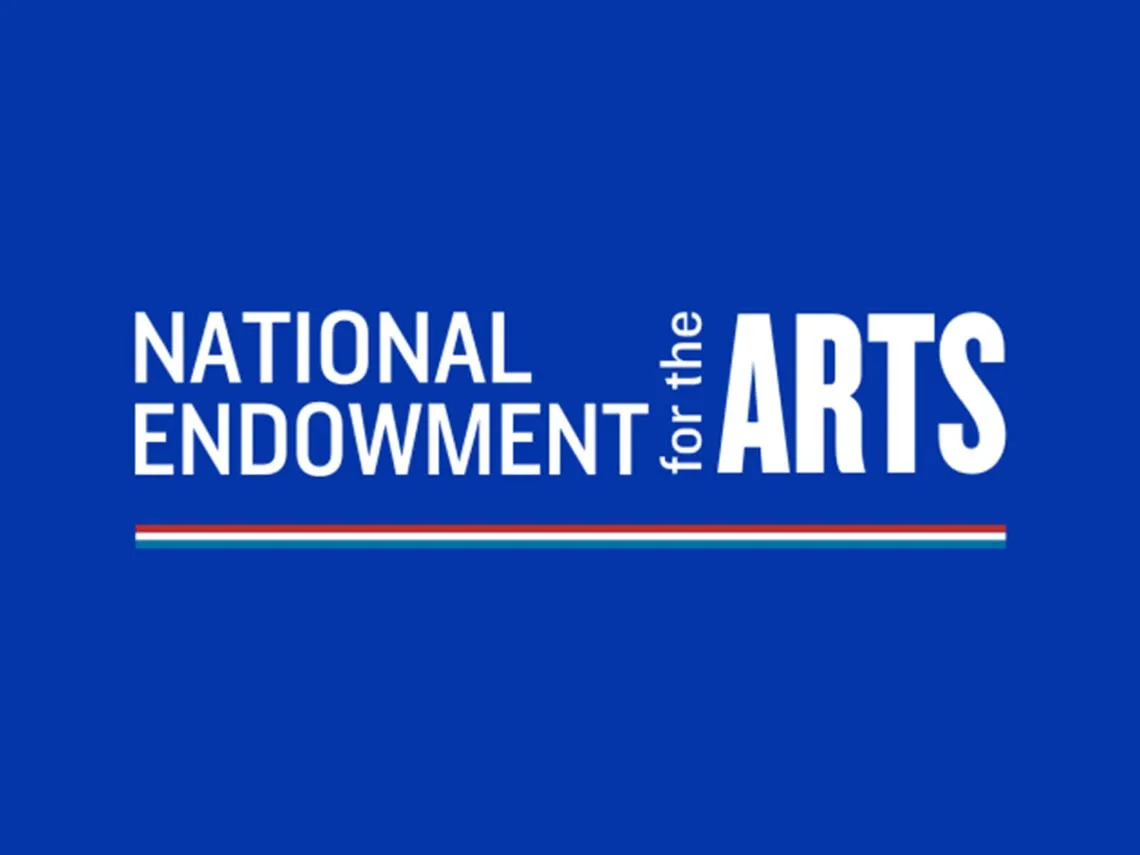
Also Read: Marina Abramović – The Grandmother of Performance Art
A Historic Achievement
One of the most significant accomplishments was the establishment of The Gambia’s initial National Endowment Fund for Arts and Culture. On 18th May 2023, Minister Hamat N.K. Bah signed the regulation that formally established the fund. This was a milestone event—the first time ever in The Gambia since independence that such a fund had been created, moving the development of art and culture in The Gambia forward.
Minister’s Perspective
The Minister justified the significance of this milestone: “The regulation is a grand milestone in the history of arts and culture funding in The Gambia. We have now given our long-suffering artists a window of funding for artistic programmes for their benefit to help them for the sake of jobs, and economic development.”
Impact on Women Artists
This fund ensures that female artists are now eligible to apply for funding for their projects. If they need to record an album, make a film, or stage an art exhibition, there is where they can turn to get it done. It will give precedence to the access of women to funding, closing the gap since only 14% had previously been able to get such assistance, and promoting gender equity in the arts.
Developing Knowledge and Skills
The second major element included intensive training with a focus on knowledge sharing for women creatives. 100 women cultural professionals were given specialized training over 2022 and 2023. This wasn’t elementary education—it was dedicated, practical training to equip them to thrive in their careers.
Training Topics Covered
The training touched on many significant areas:
- Knowing economic and labor rights as artists
- Learning copyright and how to safeguard their creative work
- Writing equitable contracts and protecting themselves from exploitation
- Marketing their products and services online
- Networking with other artists as well as potential customers
- Avoiding sexual harassment and discrimination
- Comprehending gender equality in the arts
Expert-Led Sessions
Mrs. Yari Kamara, an international consultant based in Sierra Leone, and Mr. Abdoulie Kolley, a lawyer in The Gambia, conducted these training sessions. The women were trained by experts who were conversant in both international best practices and local realities.
Practical Applications
Training was very hands-on. For instance, the study revealed that 70% of women cultural workers utilize the internet in their profession, way above the 37% utilization rate by the general public. But most of them were not aware of the usage of online tools for business. Training educated them on how to utilize the internet for publicity, advertising, and marketing their work online, a critical component of knowledge sharing among women creatives.
Research and Understanding
The third element was carrying out the first-ever national study of the position of women artists in The Gambia, as part of The Gambia’s cultural heritage projects. It entailed interviewing 487 women artists and cultural practitioners from all over the country. The study included women active in music, film, television, media, fine art, photography, theater, dance, literature, fashion, design, crafts, gaming, and multimedia.
Key Insights from the Research
The study provided vital information regarding women artists in creative industries:
- It indicated the level of education, internet usage, income status, and employment
- Most importantly, it captured the issues they experience and areas where they require assistance
This study is important since it offers proof for the formulation of good policies. Rather than speculating on what women artists require, support organizations and the government have tangible evidence to base their actions upon, advocating for art and culture growth in The Gambia.
Real Impact on Women’s Lives
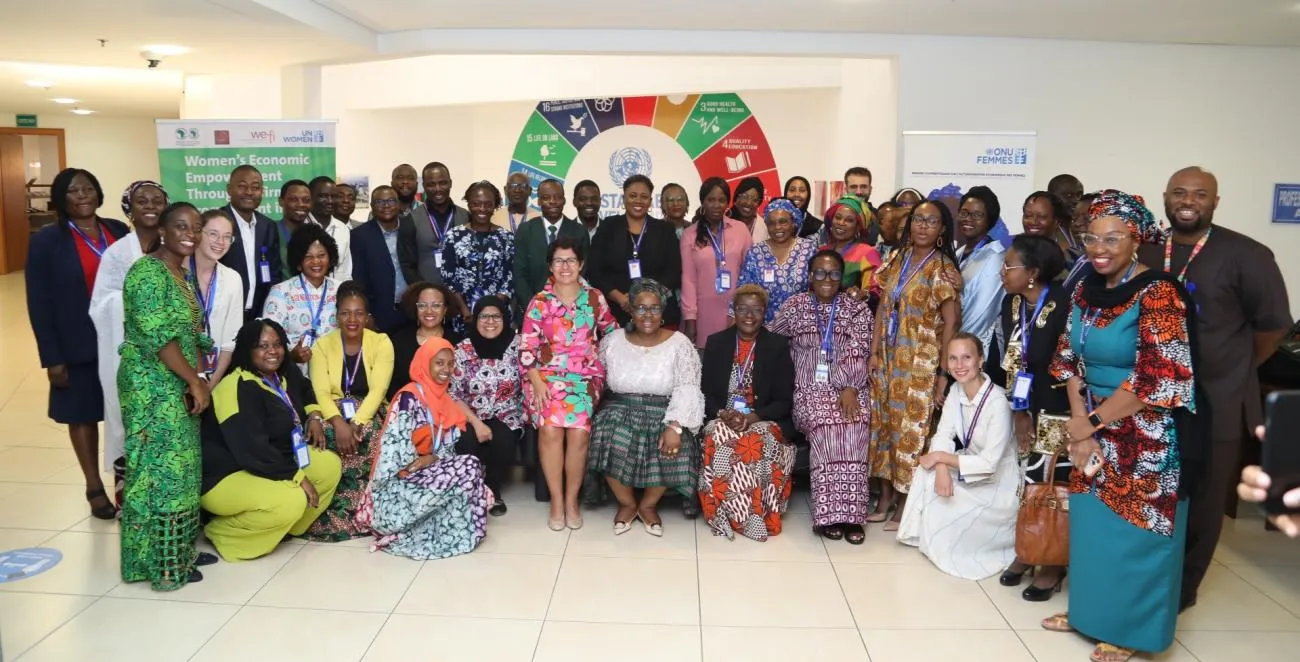
Also Read: The Role Of Women In The Art World
Empowering Through Skills and Certificates
The project has made real impacts on the lives of women artists. The 100 women who were trained now possess certificates of their acquired skills. But more significantly, they possess knowledge and skills they can apply right away to enhance their careers.
New Opportunities for Women Artists
These trained women artists are now better positioned to:
- Apply for grants and funding opportunities under UNESCO’s 2005 Convention programs
- Establish their own creative enterprises with adequate legal protection
- Network with other professionals in their industries
- Guard their intellectual property and creative work
- Use online tools to sell and market their goods
- Know their rights and defend themselves against exploitation
Ongoing Support from NCAC
The National Centre for Arts and Culture intends to keep working with these women artists to enable them to access further grants and funding. The intention is to provide them with social and economic empowerment alongside job opportunities, promoting gender equality within the arts.
Building a Stronger Creative Sector
This project doesn’t only benefit women individual artists—it builds the overall creative economy of The Gambia. The creative industries are important drivers of economic growth and employment. By empowering the artists, the nation is investing in an area that can spur sustainable economic opportunity and enhance livelihoods for whole communities, a primary result of art and culture development in The Gambia.
Broader Impact of Women Artists’ Success
The study revealed that women artists tend to use their success for the upkeep of their families and communities. When women are more accessible to funding and information, the gains extend beyond the individual artist to benefit numerous other individuals.
International Partner Support
The project was supported by international experts in a critical way. Ms. Ojoma Ochai of Nigeria, an EU/UNESCO Expert Facility member, offered technical support during the project. Her specialist advice assisted The Gambia in coming up with useful policies and training programs drawn from successful experiences in other nations, promoting knowledge transfer for women creatives.
The cooperation also included experts from Sierra Leone and local professionals in The Gambia, which gave a combination of global expertise and indigenous knowledge. This ensured that the solutions were world-class while being suitable for The Gambian environment.
Recognition and Celebration
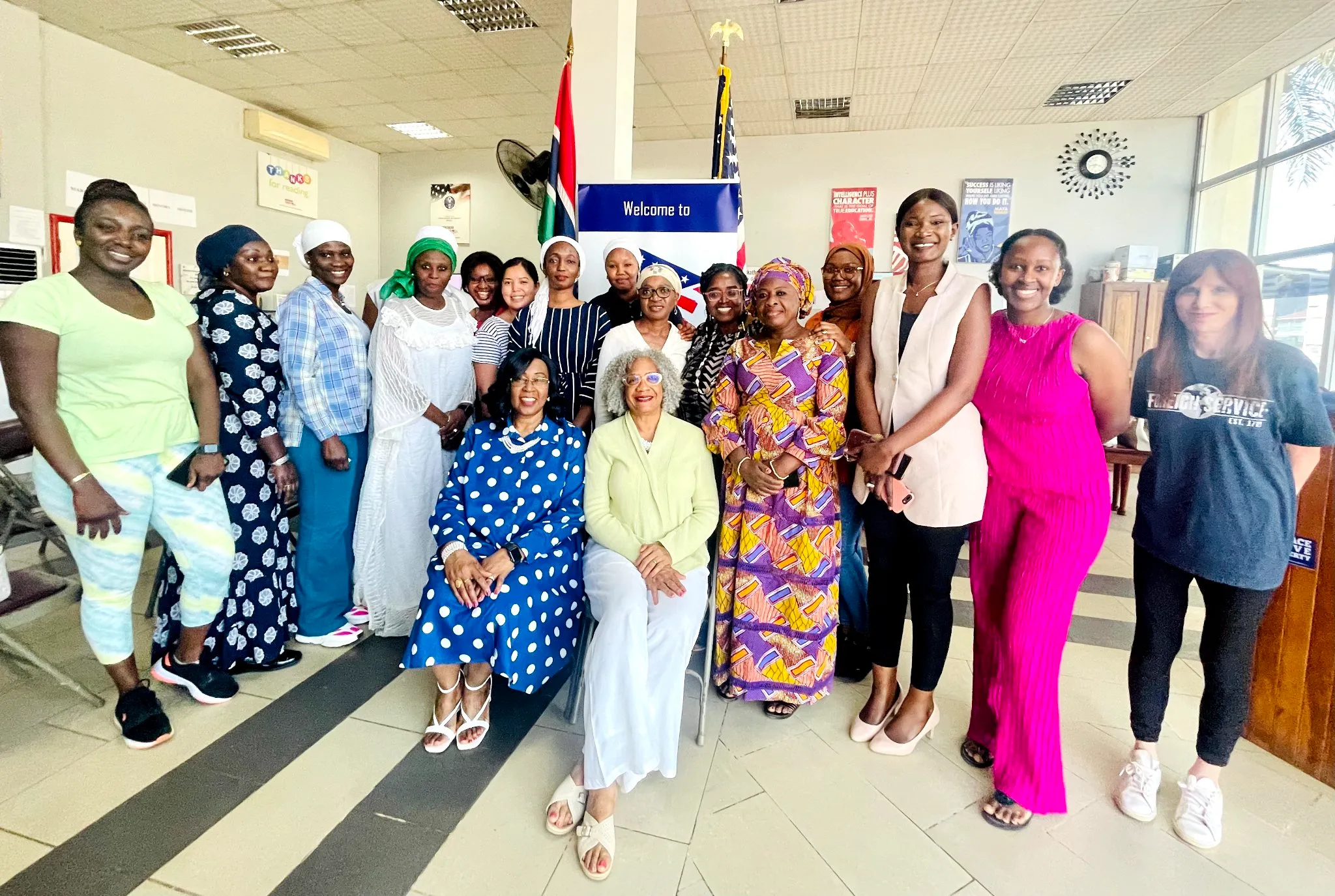
Also Read: The Growth of Female Indie Musicians
Celebrating Achievements in Banjul
The project’s success was also commemorated in a special ceremony at the National Museum Courtyard in Banjul. Women artists from Banjul, Greater Banjul Area, and the West Coast Region converged to collect their certificates and cheer about their accomplishment.
Ministerial Recognition
Minister Hamat N.K. Bah himself awarded certificates to the women who had attended the capacity-building sessions. He was delighted to officiate at the closure ceremony of the $30,000 project, which was entirely sponsored by UNESCO.
Looking to the Future
Sustained Support Through the Endowment Fund
The project has established a solid foundation for ongoing support of women artists in The Gambia. The National Endowment Fund is currently functioning and will continue to offer funding opportunities. The research report will be authored and disseminated to a wide audience, offering a resource for future policy development in cultural heritage projects in The Gambia.
The NCAC will repeat the research survey every five years to monitor progress and pinpoint emerging challenges. This will assist in ensuring that women artists’ support continues to change and enhance over time.
Lessons For Other Countries
The Gambia’s experience presents useful lessons for other nations facing a similar situation. The three-pronged strategy—establishing funding channels, capacity development through knowledge sharing among women creatives, and research—presents an all-encompassing model that caters to immediate needs and sustainable future prospects.
Overcoming Barriers with Limited Resources
The project demonstrates that with investment and appropriate support, women artists can bridge major obstacles and contribute significantly to the cultural and economic progress of their nations. The success in The Gambia proves that it is possible, even with scarce resources, to build sustainable change through targeted and well-structured interventions.
A New Era for Women Artists
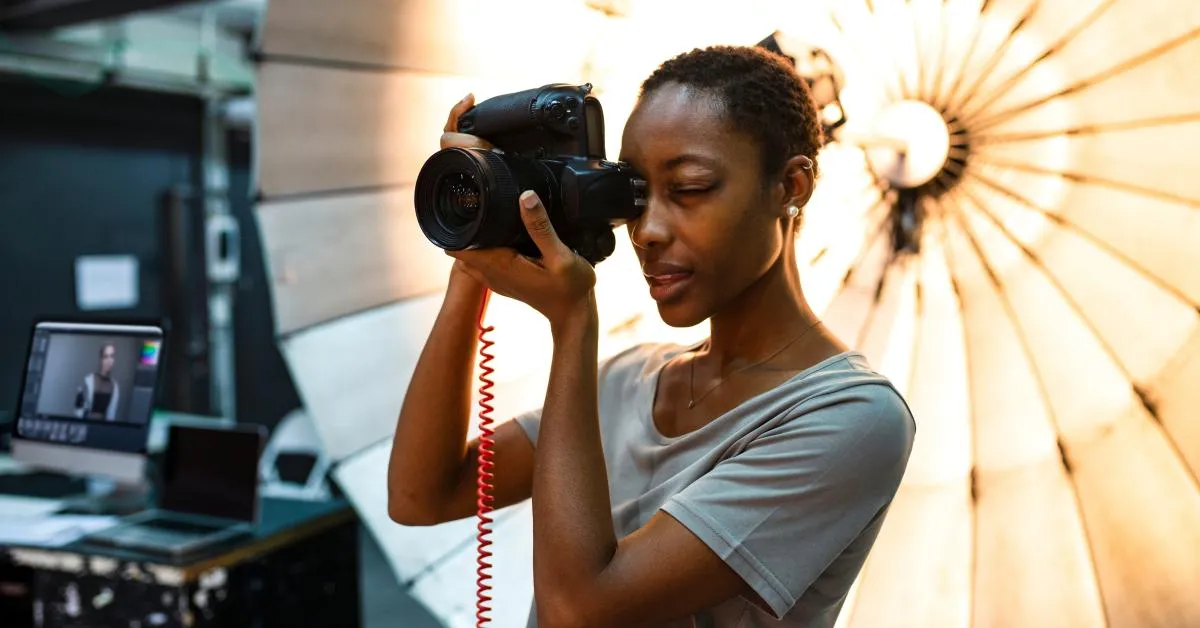
Also Read: Daniella Pierson: Building a Media Empire and Breaking Barriers
Today, women artists in The Gambia have opportunities that previous generations could only dream of. They have access to funding through the National Endowment Fund, knowledge and skills from professional training, and data-driven evidence supporting their needs and contributions.
A Transformative Ecosystem
The UNESCO initiative has not only offered short-term assistance—it has developed an entire support ecosystem that will serve women artists well into the future. The intersection of funding, knowledge exchange for women creatives, and advocacy has altered the landscape for women in the creative sectors.
Inspiring Future Generations
As more women artists achieve success and become positive role models, it motivates other young women to join the arts. This creates a good cycle where success is breeding more success, slowly changing the attitude of society and opening up more opportunities for all.
Collaborative Vision for Change
The project in The Gambia demonstrates what is possible when governments, international organizations, and local communities collaborate toward a common vision. It demonstrates that investing in women artists is not merely equitable—it is about unlocking human potential and creating stronger, more vibrant societies through art and culture building in The Gambia.
A Lasting Legacy
By increased access to capital and information, UNESCO has facilitated a new era of empowered women artists in The Gambia. Their achievement will benefit and inspire their communities for generations to come, ensuring this project is really an investment in the cultural and economic future of the country, based on gender equality in arts and cultural heritage projects in The Gambia.

